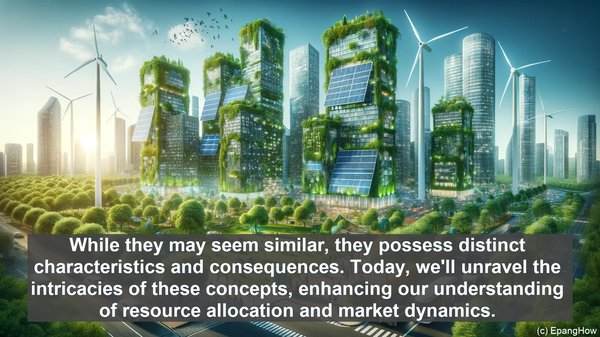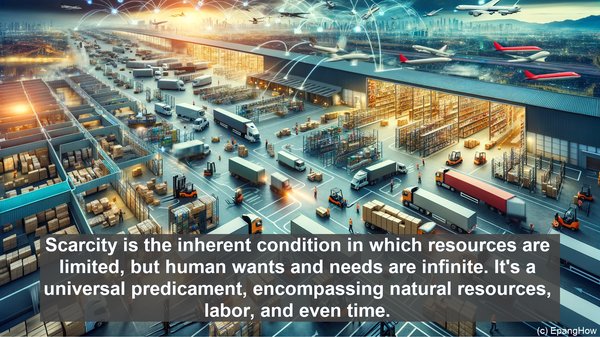Introduction: The Economic Conundrum
Hello, curious minds! In the realm of economics, two terms often intermingle, leading to confusion: scarcity and shortage. While they may seem similar, they possess distinct characteristics and consequences. Today, we’ll unravel the intricacies of these concepts, enhancing our understanding of resource allocation and market dynamics.

Defining Scarcity: The Fundamental Challenge
Scarcity is the inherent condition in which resources are limited, but human wants and needs are infinite. It’s a universal predicament, encompassing natural resources, labor, and even time. This fundamental imbalance necessitates choices, as not all desires can be fulfilled. Scarcity is a perpetual reality, driving economic decision-making and shaping the dynamics of supply and demand.
Shortage: A Transient Imbalance
Shortage, on the other hand, is a temporary phenomenon. It occurs when the demand for a particular good or service exceeds its available supply at a given time and place. Unlike scarcity, which is an inherent condition, shortages are often the result of specific factors such as sudden spikes in demand, disruptions in production, or imbalances in distribution. While scarcity is a broader concept, shortage is more localized and time-bound.

Implications of Scarcity: The Opportunity Cost
Scarcity’s ramifications extend beyond the mere unavailability of resources. They give rise to the concept of opportunity cost. When resources are limited, choosing one option implies forgoing another. This trade-off, known as opportunity cost, is a crucial consideration in decision-making. For instance, a government allocating funds to healthcare might have to reduce spending on education. Understanding opportunity cost is vital for efficient resource allocation.
Shortage’s Impact: Price and Market Dynamics
Shortages, being more immediate and tangible, have direct implications on market dynamics. When demand surpasses supply, prices tend to rise. This price signal, in turn, acts as an incentive for producers to increase output, thereby alleviating the shortage. Additionally, shortages can lead to market distortions, such as the emergence of black markets or the implementation of rationing systems by authorities.
Addressing Scarcity and Shortage: Strategies and Policies
While scarcity is a perpetual challenge, its impact can be mitigated through various strategies. These include technological advancements, resource diversification, and efficient allocation mechanisms. Shortages, being more transient, often require immediate interventions. Governments and organizations may resort to measures like importation, price controls, or demand management to address short-term imbalances.
